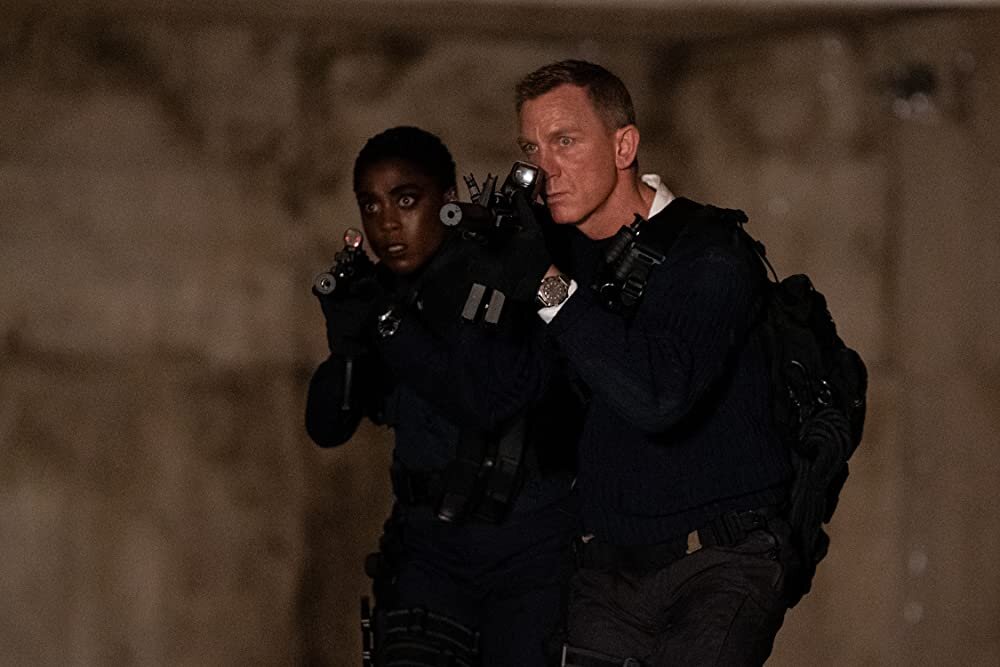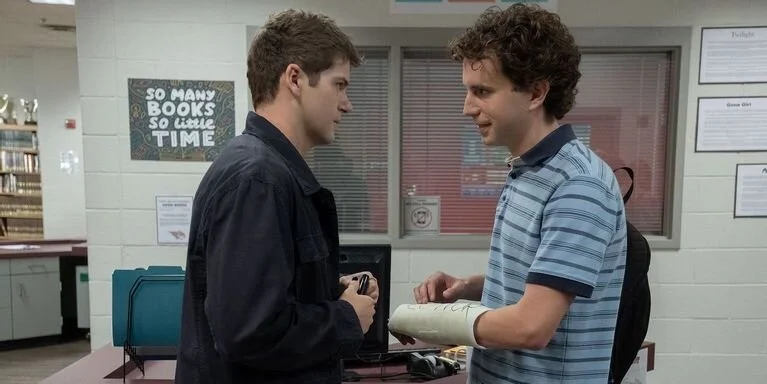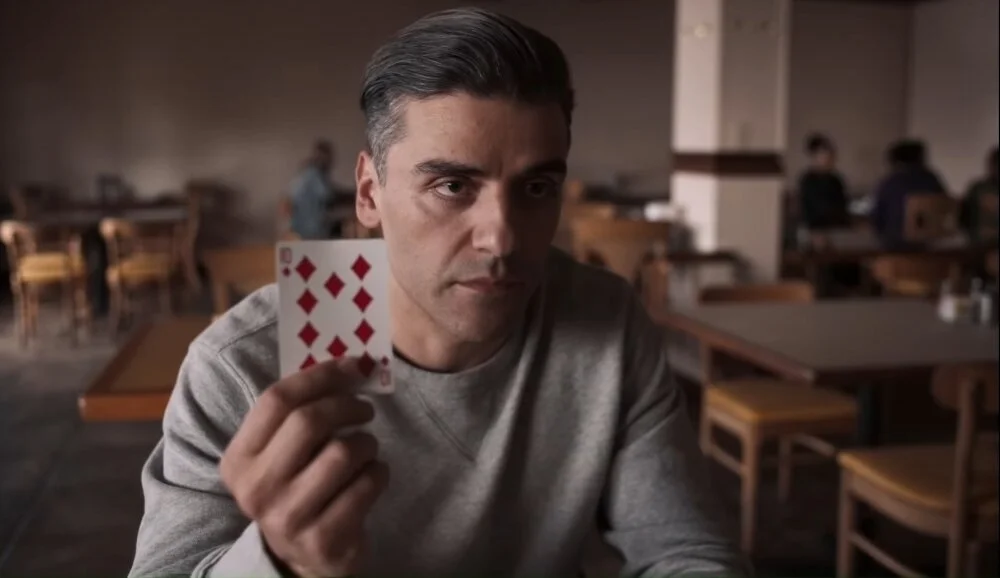THE LAST DUEL
Directing: B+
Acting: B+
Writing: B
Cinematography: B
Editing: A-
If you watch The Last Duel, it may become clear how easy it becomes to debate “what it’s about.” There’s a line from the film that really sticks with me, in which Ben Affleck’s supporting character, Pierre d'Alençon, says, “Simple minds don’t understand such nuances.” Such will be the case, no doubt, with many people who watch this movie—which is layered with nuance, much of which will be lost on certain audiences.
It’s the three-act structure which provides the solid ground on which the narrative stands, each one telling “the truth” according to each of the three main players: Sir Jean de Carrouges (Matt Damon); Lady Marguerite (Jodie Comer), husband to Sir Jean; and Jacques Le Gris (Adam Driver), friend and then enemy to Jean, and accused of rape by Lady Marguerite. Being 14th century France, this becomes a case of Sir Jean’s word against Jacques’s, because of course, the word of the woman means nothing.
Much can be discussed about the very choice of subject matter here, the spreading characterization of The Last Duel as a “14th century #MeToo movie,” but there’s much more at play here than that. There’s also the perfectly fair criticism that two thirds of this movie whose story hinges around the rape of a woman still centers the points of view of men. To me, though, that misses the point: this isn’t a movie about rape so much as it is a movie about the insidiousness of literally centuries of patriarchy, and how men have long been culturally conditioned to delude themselves in regards to their relationships with women. Many people lose sight of the fact that misogyny harms men as well as women, and in a very subtle way, that is the point this movie is making.
Indeed, whether or not Lady Marguerite was raped is never presented as any mystery. The answer to that question is clear—not just from her own point of view, but even from that of Jacques, all while he still sincerely believes their sex was consensual. The man went to his death truly believing that. But, having a “sincerely held belief” does not mean you aren’t still wrong.
The second and third acts—or “chapters” as they are called in title cards—each build upon the last, including several scenes already seen, just presented from a different point of view. Subtle things change, such as whether Lady Marguerite kicks off her shoes as a signal of desire as she goes ahead of Jacques up a staircase, or her shoes merely falls off as she scrambles up the stairs away from him in terror. There’s even the idea of exactly how “noble” Sir Jean is, whether his moral conviction is about defending the honor of his wife, or defending his own pride and standing in society. He’s a lot nicer to Lady Marguerite in his “truth” than in hers, wherein his is much rougher about getting assurances that she’s telling the truth.
It gets tricky, the idea of recommending a movie whose entire plot hinges on the act of rape, particularly to women. I’m not sure I could, in good conscience, recommend this movie to women. The “revelations” about how men have been for centuries aren’t exactly going to be news to any woman; they’re not going to learn anything new from this movie. But, there are some men who might. The Last Duel is surprisingly insightful about the male point of view, and it takes no pains to be flattering about it. That, if nothing else, is refreshing.
Beyond that, The Last Duel is compulsively watchable, in a way that surprises. It’s also worth noting that it was co-written not just by Matt Damon and Ben Affleck—their first such collaboration since Good Will Hunting—but also Can You Ever Forgive Me? co-writer Nicole Holofcener, specifically for an authentic female perspective. Which is to say, this movie gives equal time to the male perspectives, but it is clearly on the woman’s side.
There’s a point in the movie at which Sir Jean’s mother (Harriet Walter, well cast) says to Lady Marguerite, “The truth does not matter!” Ironically, even as it illustrates how “truth” is manipulated depending on who is telling it, The Last Duel makes clear how much the truth really does matter. Then again, there’s that pesky 14th-century notion that whoever wins the duel to the death, challenged by Sir Jean against Jacques, it is “ordained by god” and thus proves that person was the one telling the truth. This movie is based on real events, so you can easily look up who wins, but still: what if Jacques wins? In that case, society would have just accepted that he was the one telling the truth. (And, as a relevant reminder, given that Jacques believes what he is saying, from his perspective, he is telling the truth.) This is a society, after all, who believes conception is only possible if sex is pleasurable, and thus a rape cannot produce a pregnancy.
If nothing else, The Last Duel provides a lot to unpack. It’s a movie ripe for discussion, which certainly has its appeal for many. I enjoyed it more than much of the media coverage might have led me to expect, but it would seem that’s because this is one of those rare movies so easily misinterpreted, or at least interpreted in countless different ways. There’s no harm in healthy debate, and that may very well have been the intent behind this movie.
Straddling that fine line between serious discussion and pop entertainment.
Overall: B+










